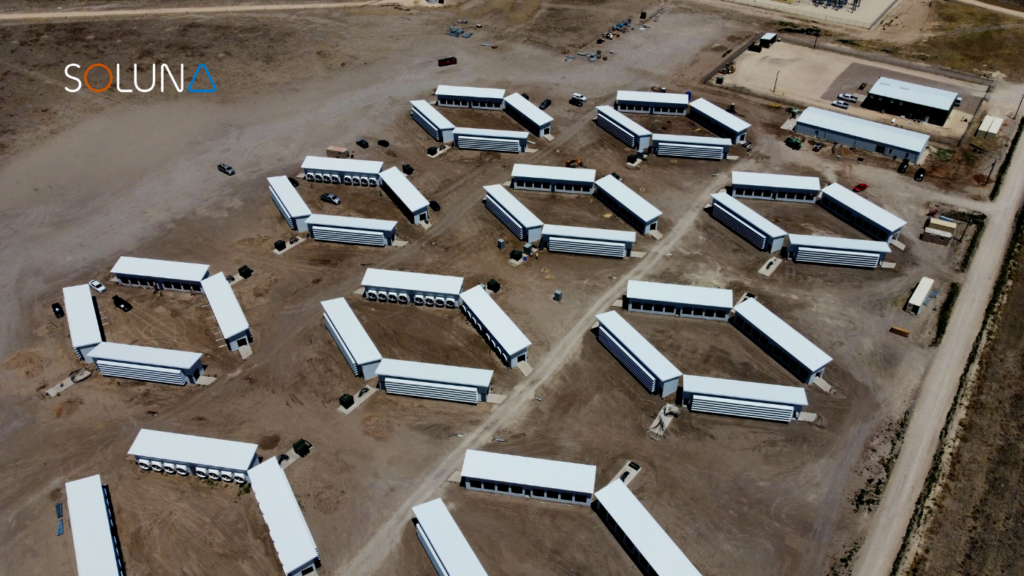By Nicola Phillips, Contributing Writer
In August, the Inflation Reduction Act (IRA) turned one.
In the last year, as the IRA has begun to funnel money to decarbonization efforts, the US and the world have caught a glimpse of what the long-term impact of the bill might be.
We’ve compiled and synthesized the most notable elements of the bill’s impact below — the evidence to date and what we expect it to deliver over the next years and decades.
Financial Impact
At the time of its passage, legislators estimated that the bill would allocate $370 billion, primarily in the form of tax credits, to a wide array of decarbonization efforts.
Recent private estimates are much higher. In March, the Brookings Institute released a study estimating the spending at $1.2 trillion, 3X the Congressional estimate.
The tax credits included in the bill aren’t capped. The IRA didn’t create a fund to be set aside for decarbonization projects, but rather created systems to incentivize companies to build out projects. Interest from the private sector is proving to be higher than anticipated, and Congress is obligated to spend the money. One interpretation for much higher spending is that the bill is working a lot better than anyone expected it would.
According to the Brookings Institute study, even these much higher than anticipated expenditures are likely to exceed the economic and social costs of additional carbon emissions. From a climate perspective, increased spending on decarbonization is purely a positive.
Innovation
The breadth and depth of innovation that the IRA was designed to finance is astounding. In the last year, the US has added 170,000+ new clean energy jobs across 272 new clean energy projects, including 91 in battery manufacturing, 65 in EV manufacturing, and 84 in wind and solar manufacturing.
EV adoption is barreling ahead, with RMI estimating that the IRA will spur the sale of 37 million additional EVs between 2023 and 2032, with an associated emissions reduction of 831 million tonnes of CO2.
Adjusted parameters to investment and production tax credits (ITCs and PTCs) have greatly increased the scope of climate financing. For the first time, non-taxable entities (local governments, nonprofits, etc.) are granted access to these credits to finance new renewable projects.
Texas, stronghold of both legacy fossil fuel generation and new wind and solar generation, is at the epicenter of this storm of innovation. In the midst of a number of new projects coming online, Soluna was thrilled to open its flagship Texas facility, Dorothy, earlier this year.
Domestic Political Impact
There are additional dynamics at play with the IRA, notably its political implications. Climate change has been a point of contention between the major political parties in the US since the 1970s, but if battery manufacturing or solar farms will bring jobs and revenue to red states, Republican officials seem to be in favor of these innovations. The tax incentives in the IRA are government-funded, of course, but they are marketed to the private sector. The driving force behind innovation is capital; the government just lends a little extra push.
Still, not a single Republican lawmaker voted for the bill’s passage, and the very existence of the IRA might serve as an unpleasant reminder to those who opposed it of the measures that Democratic lawmakers took to go around a filibuster-inclined minority.
The full political impact of the IRA will continue to unfold, and it might be subjected to pullbacks and reversals should the Republican Party regain control of the Senate or the Presidency in next year’s elections.
International Political Impact
Then there is the issue of reception abroad. One of the lauded elements of the IRA at its passage, at least among American lawmakers, was its America-first mentality. The IRA was a climate bill, but it was also a deliberate effort to bring more manufacturing jobs to the US (the legislators behind it made no secret of their intent).
In the immediate aftermath of the bill’s passage, US partners including Canada and the EU expressed indignation, even outrage, at what they viewed as extreme protectionism.
Offsetting this somewhat, the US has lagged behind wealthy nations in its climate action to date, so the effort to accelerate climate initiatives could be viewed as a globally positive development.
Meanwhile, there is broad concern that the rest of the world is becoming increasingly dependent on China. Through that lens, the IRA could be viewed by allies of the US as a positive step toward diluting China’s influence.
Impact on Emissions
The ultimate determinant of the IRA’s success will be in its impact on emissions. Projections of reductions vary widely — from 29% to 42% — but even the most optimistic estimate falls short of the US goal of 50% by 2030.
This doesn’t necessarily mean that the bill is a failure. Indeed, a year ago, in the absence of the IRA, estimated reductions were much lower. The IRA has improved the situation, even if it doesn’t go far enough. This outcome is not entirely unexpected. It would be putting far too much faith in either legislative measures or capital-heavy technologies to presume that one bill, however expensive, could single-handedly enable the US to meet its climate goals.
As is nearly always the case, a series of complementary approaches is needed to effect meaningful, lasting change. Those solutions will need to be engineered as well as nature-based, and privately-funded as well as publicly-driven.
While the work has no doubt just begun, the IRA is doing a good job of laying the groundwork.
One of the remarkable features of the IRA is how it marries capital-driven growth with the public sector. This is not a new innovation, as the US government has a long-established practice of funding innovative technology. But the sheer size of the IRA makes it unique in its effort to meld these two disparate engines of progress.
While the measurable impact of the IRA on emissions, jobs and industrial priorities is likely to be huge, the bill’s potential to drive an ethos shift around what it really takes to implement positive change on a giant scale could be equally profound.




